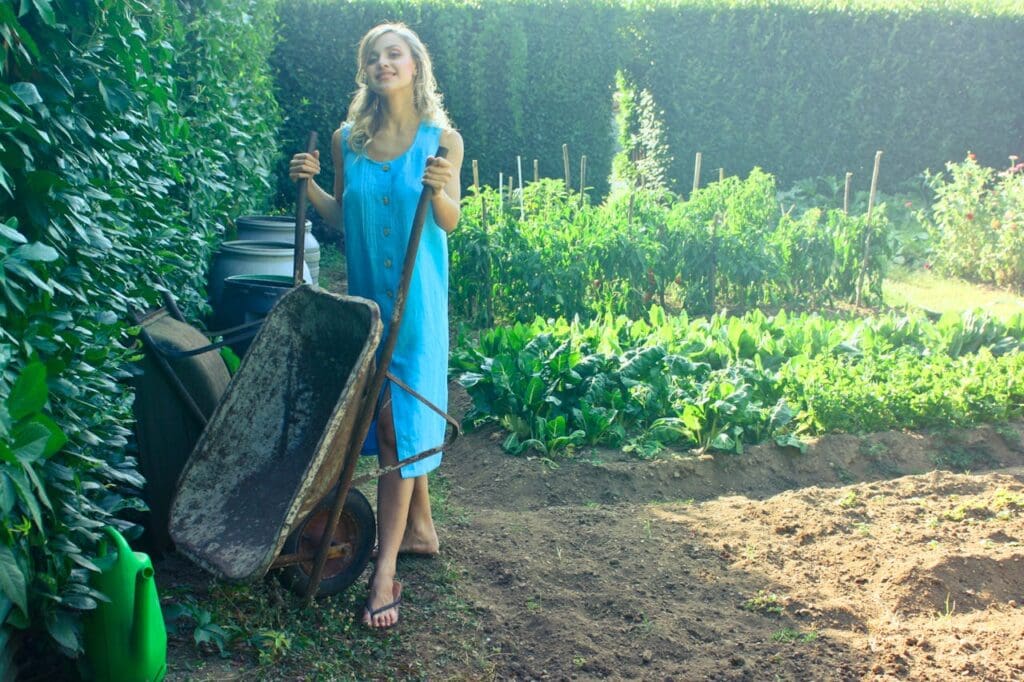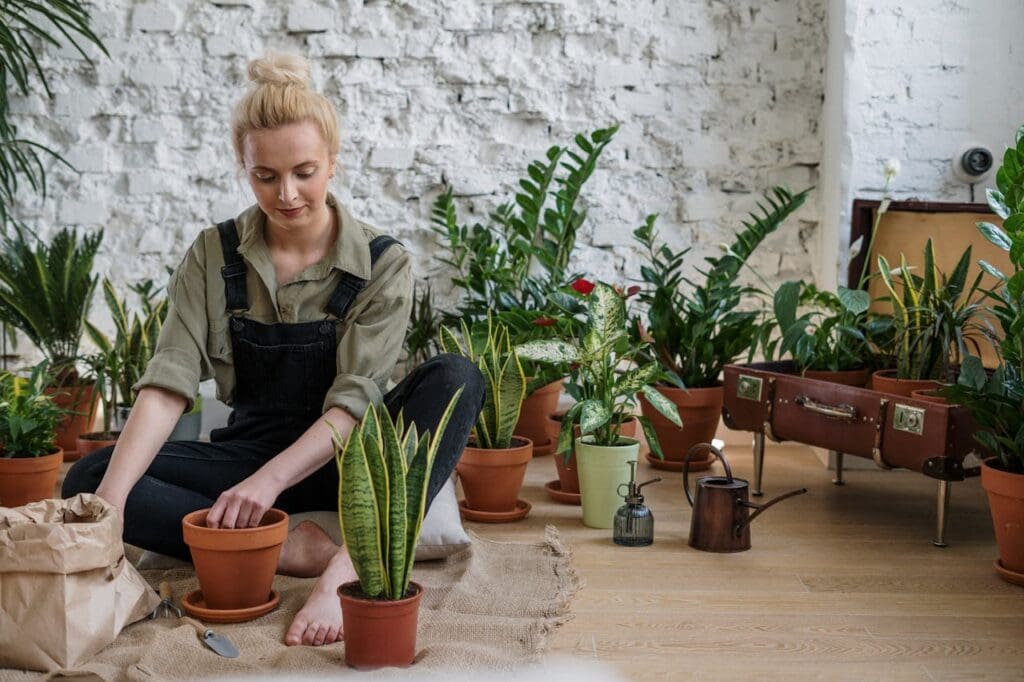When most people think about hiring a garden designer, their mind goes straight to the visuals: lush lawns, sculpted hedges, maybe a water feature or two. But the real value of professional garden design goes way beyond looks. Behind every well-placed planter and gravel path is a strategy—one that balances lifestyle, maintenance, and long-term usability with beauty.
That’s where the expertise of professionals truly shines. Whether you’re transforming a neglected backyard or planning a garden from scratch, services like garden design in Cotswolds are often the difference between a space that simply looks good on day one and one that actually works for you year-round.
Let’s dig into the practical reasons why working with a garden designer is less about luxury and more about smart living.
Function Comes First: Designing for Daily Life
A professional garden isn’t just about creating something pretty to look at—it’s about shaping an environment that supports the way you live. A good designer takes time to understand who uses the space and how.
Got kids? You might want soft ground cover, shaded areas, and room to roam. Love entertaining? Outdoor seating, ambient lighting, and accessible pathways take priority. Need low-effort upkeep? That’s where drought-resistant plants, built-in irrigation, and smart layout choices come in.
Designers also think through the little frustrations we often overlook: Where does rainwater pool? How does the garden look from the kitchen window in winter? Can you get to the shed without wrecking your shoes in February? These aren’t glamorous details—but they’re the ones that make a garden feel right all year round.
Drainage Done Right
One of the most overlooked (and least exciting) aspects of garden design is drainage. But get it wrong, and you’ll be wading through mud every time it rains.
Professional designers know how to assess slope, soil type, and water flow. They build in practical solutions like French drains, gravel channels, or permeable paving that quietly do their job in the background. You probably won’t notice them—but you will notice that your garden stays dry, tidy, and usable, even in the soggier months.
In places where the climate swings from heavy downpours to dry spells, good drainage isn’t just about puddles—it’s about protecting your plants, keeping hardscapes intact, and avoiding long-term issues like root rot or erosion.
Maintenance That Matches Your Lifestyle
Not everyone has the time—or desire—to spend hours every weekend pruning, weeding, and deadheading. That’s where the “low-maintenance garden” trend really earns its stripes.
Professional garden designers tailor plant selections and layout to fit the amount of care you’re willing to give. Prefer a low-touch approach? Expect hardy perennials, self-seeding wildflowers, and evergreens that do their thing without constant fuss.
Designers also consider how different materials weather over time. Want a deck that doesn’t need annual oiling? Prefer gravel over grass to reduce mowing? Those details all add up to a garden that looks great and stays manageable.
And when they build in automatic watering systems, pest-resistant planting combos, or weed-suppressing mulches? That’s the kind of quiet luxury that truly pays off.
Season-Proof Style
There’s nothing sadder than a garden that looks amazing in May and miserable the rest of the year. A pro garden designer thinks beyond the summer months, planning for structure, color, and texture throughout all four seasons.
Bare branches can be beautiful. Winter-flowering shrubs bring life to cold months. Architectural grasses sway in autumn winds. And clever lighting turns even the darkest evening into an inviting view from your living room.
A balanced planting plan means your garden won’t peak and fade—it will evolve. It gives you reasons to step outside in December, and something worth seeing out the window in January.
Making the Most of Awkward Spaces
Odd corners. Narrow plots. Slopes. Shade. These are the kind of design challenges that give most homeowners a headache—but to a pro, they’re just interesting puzzles.
Where one person sees a dead zone, a designer sees opportunity: a raised herb bed here, a small water feature there, or a tucked-away reading nook you’d never have considered. Professionals are used to working with space constraints and awkward features, and they know how to turn what you thought was a flaw into a standout feature.
They can also help mask or soften the less-than-lovely bits of your view—think bins, fences, or neighbouring buildings—so you’re more focused on the beauty and less on the background.
Family-Friendly (and Pet-Safe) Spaces
If you’ve got young children or curious pets, garden safety becomes a serious concern. Professional designers can plan with that in mind—ensuring plants are non-toxic, surfaces are grippy, water features are secure, and boundaries are properly fenced.
They’ll also think about comfort and use: shaded areas for hot days, windbreaks for blustery spots, and seating that’s sturdy and safe. And they can create sensory gardens, climbing zones, or soft lawns that feel just as good under paws as they do under bare feet.
Rather than limiting your options, designing with pets or children in mind often results in a garden that feels more inviting for everyone.
Added Value (That’s More Than Just Resale)
Yes, a beautifully designed garden can boost your home’s market appeal. But the real return on investment is found in the day-to-day.
You use your garden more when it’s comfortable, practical, and easy to maintain. Morning coffee outside feels like a ritual. Hosting becomes easier and more enjoyable. You spend more time in the fresh air, and less time wishing your lawn would just mow itself.
Professional design turns your outdoor space into a genuine extension of your home—not just a strip of grass that needs cutting.
Sustainability Without Sacrificing Style
Garden designers today are increasingly eco-savvy. They’ll help you choose native species that thrive without chemicals, design layouts that reduce water use, and include pollinator-friendly plants that support bees and butterflies.
But they also understand how to blend those choices with the overall aesthetic of the space. You won’t end up with a wild mess (unless that’s your thing)—just a garden that quietly does good for the planet while looking great on Instagram.
They may also help integrate composting stations, rainwater collection, or wildlife habitats in a way that doesn’t feel tacked on, but part of the overall flow.
When to Bring a Designer On Board
You don’t need to be building a mansion to justify hiring a garden designer. If you’re redoing a patio, levelling your lawn, or simply tired of a garden that feels chaotic and underused, it might be time to call in help.
Some designers offer consultations, mood boards, or phased designs—so you can spread out the cost and take on the transformation at your own pace. The important part is starting with a vision that’s both inspiring and practical.

Final Thoughts: It’s More Than Just a Pretty Picture
A professionally designed garden isn’t just a treat for the eyes—it’s a daily-life upgrade. It saves you time. It fits your lifestyle. It keeps you dry, safe, and comfortable. And yes, it looks great doing all that.
So the next time you find yourself dreaming about a garden overhaul, remember: the real magic isn’t just in how it looks—but in how it works for you, every single day.

